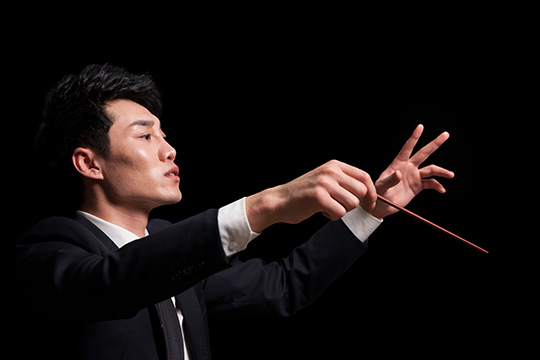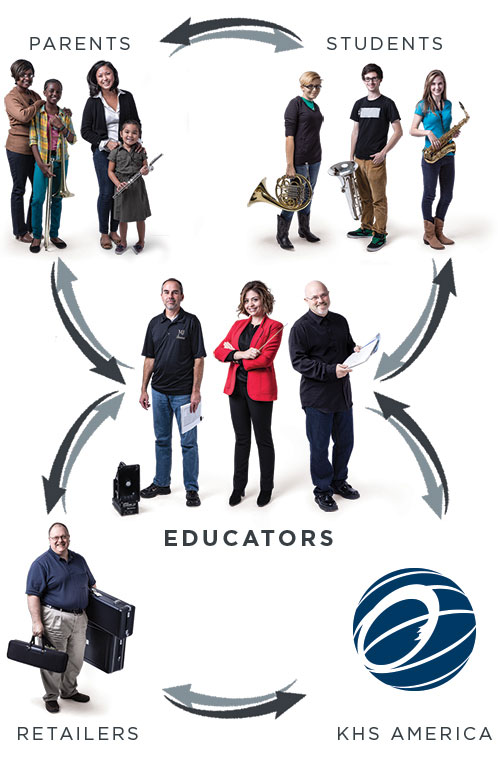When I think back to the greatest conductors I have played under or watched, there are many commonalities: they knew the score cold, they possessed the theoretical and historical knowledge to put the work into context, they brought forth wonderful interpretations of the work, they had amazing ears, they had a personality that drew me in, their communication skills were extraordinary, they each inspired me beyond measure, they treated every player with care and respect, they had incredible hands, but quite possibly the most memorable and communicative aspect of their conducting was their face. Their facial expressions connected us all, harnessed our intensity, drew out our emotions, and brought the composition – and our playing of it – to life. But sadly, when we are in the heat of the moment rehearsing our ensembles, worrying about a million things – whether the clarinets will remember the B-naturals, or whether Jimmy will drop his sticks again, or whether Steve and Mary need to be separated – the first aspect of our conducting that goes is our face. It seems that when we are worried or concentrating, the first casualty is the very thing that is among our most profound tools. So not only do we need to develop our ability to show facial expressions that match the music, and be willing and able to use our face, we must also resolve not to let thinking – or worrying – cause us to diminish or lose that extraordinary way of communicating with our students.
Peter Loel Boonshaft, Director of Education
KHS America
The content of this Blog article or Banded Story is the intellectual property of the author(s) and cannot be duplicated without the permission of KHS America and/or the author(s). Standard copyright rules apply.



 We look forward to the evolution of this exciting program, and welcome feedback on how we can further enhance the work that you do in music education.
We are excited to offer your program the opportunity to join the KHS America Academic Alliance today.
We look forward to the evolution of this exciting program, and welcome feedback on how we can further enhance the work that you do in music education.
We are excited to offer your program the opportunity to join the KHS America Academic Alliance today.